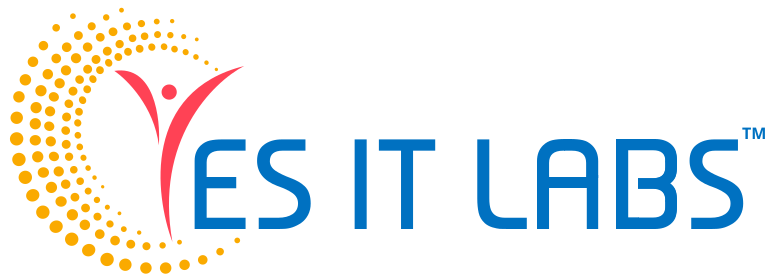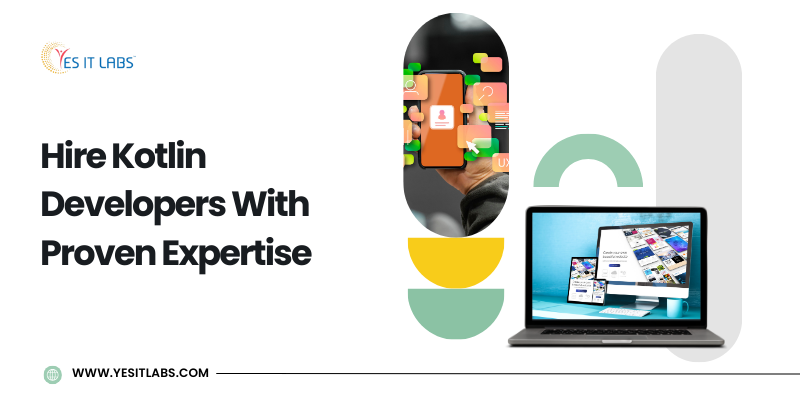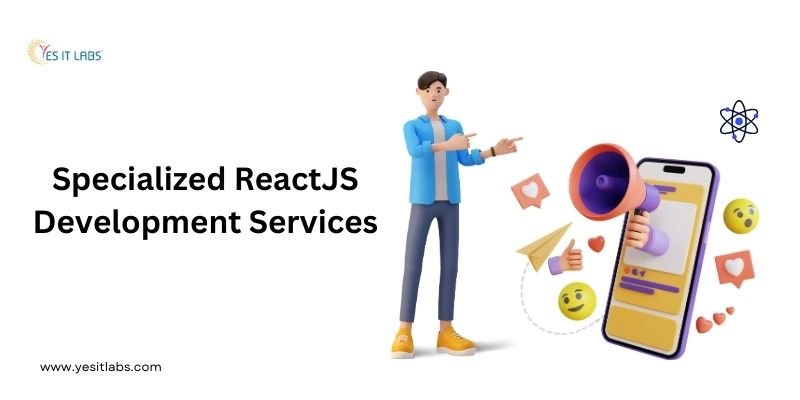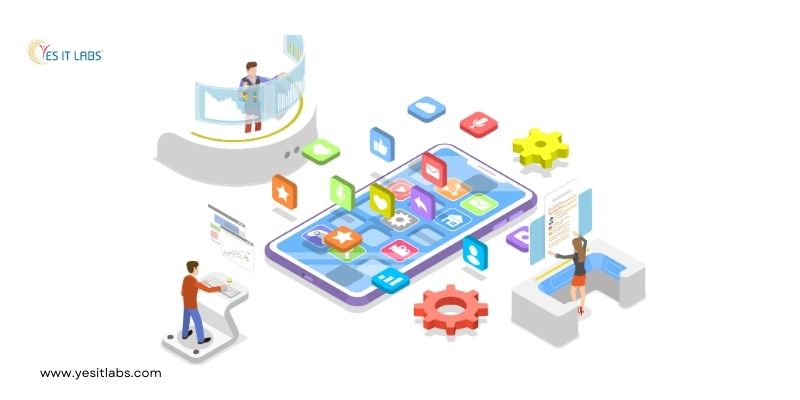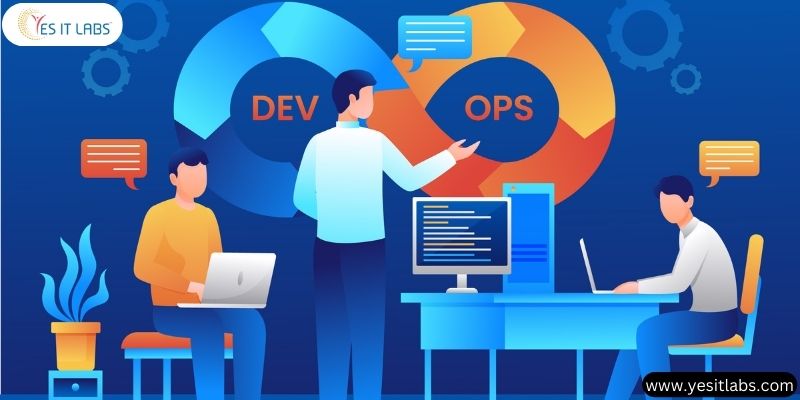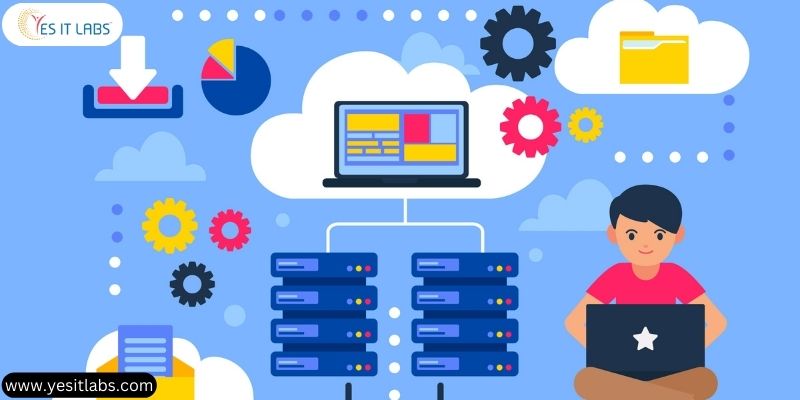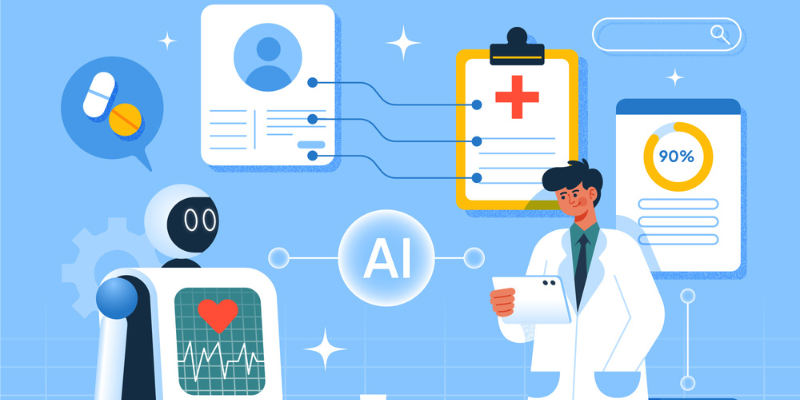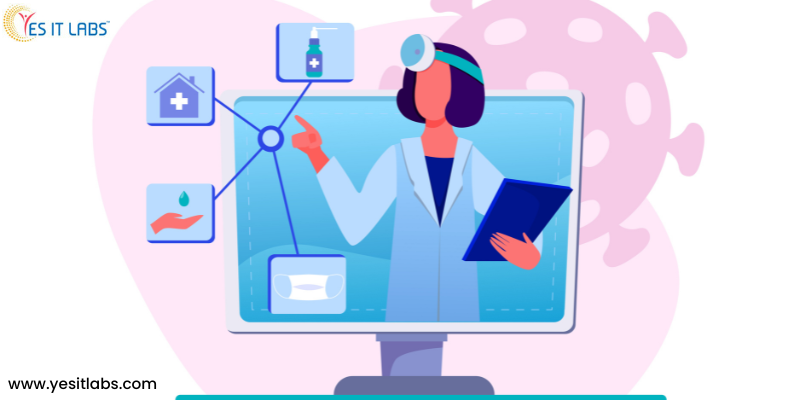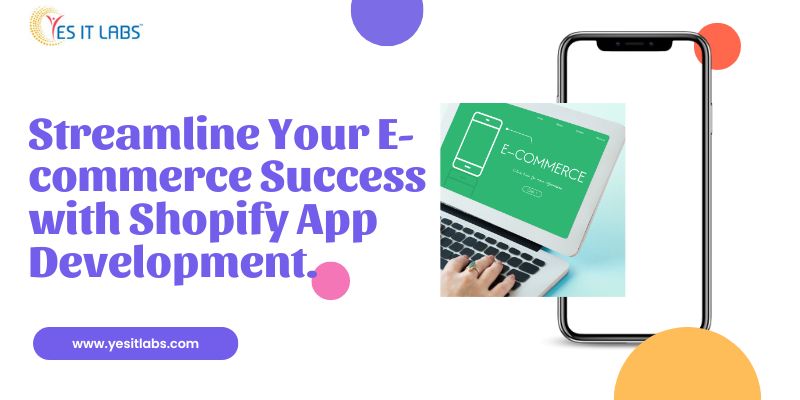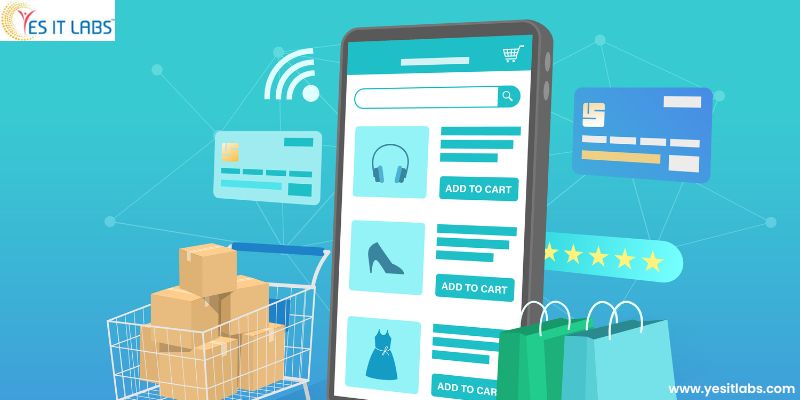When hiring Kotlin developers for your Android project, there are several factors to consider. Firstly, you should evaluate their proficiency in Kotlin and Android development. Find developers who know Kotlin well, understand its features, and how it works, and follow the best ways to use it.
Additionally, consider their experience in building Android apps. Need to hire android developers who have worked on similar projects and have a proven track record of delivering high-quality code.
Understanding the Benefits of Hiring Kotlin Developers
Kotlin brings several advantages to the table that make it an excellent choice for Android development:
1. Improved Developer Productivity: Kotlin’s concise syntax reduces boilerplate code, allowing developers to write cleaner and more maintainable code. This makes your Android apps faster to develop and get to market sooner.
2. Interoperability with Java: Kotlin is designed to seamlessly integrate with existing Java codebases. This interoperability means developers can leverage Java libraries, frameworks, and tools while benefiting from Kotlin’s modern language features.
3. Enhanced Safety and Reliability: Kotlin’s built-in null safety features help developers avoid null pointer exceptions at compile time. This feature significantly reduces the number of runtime crashes in Android applications, enhancing overall reliability.
4. Strong Community and Support: Backed by JetBrains and officially supported by Google for Android app development, Kotlin boasts a vibrant community of developers. This support ensures ongoing updates, improvements, and a wealth of resources for developers to stay current with best practices.
Factors to Consider When Hiring Kotlin Developers
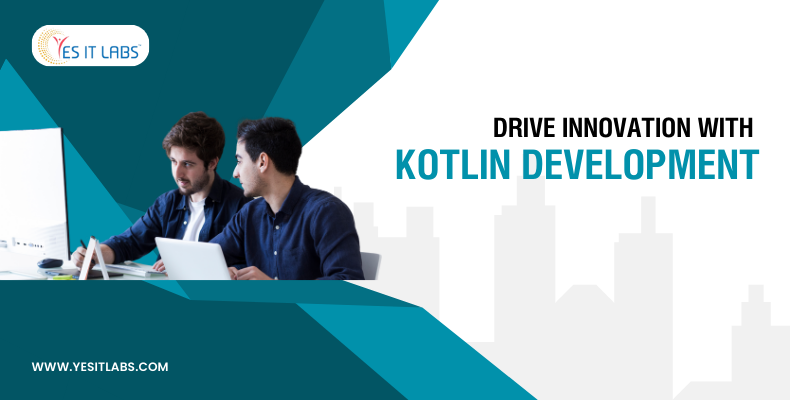
When evaluating Kotlin developers for your project, consider these crucial factors:
1. Technical Proficiency: Look for developers with a deep understanding of Kotlin’s core features, such as coroutines for asynchronous programming, extension functions for enhancing existing APIs, and DSLs for domain-specific language creation.
2. Experience in Android Development: Prior experience developing Android applications using Kotlin is essential. Review candidates’ portfolios, past projects, and contributions to open-source repositories to gauge their expertise.
3. Problem-Solving Skills: Assess candidates’ ability to solve complex problems and optimize code. Look for evidence of their problem-solving approach through code samples or technical challenges during the interview process.
4. Team Fit: Consider cultural fit and how well candidates will collaborate within your existing team. Look for candidates who demonstrate strong communication skills, teamwork, and a proactive attitude toward project goals.
Where to Find Qualified Kotlin Developers
Finding qualified Kotlin developers for your Android project can be done through various channels. Firstly, you can explore online platforms and job boards that specifically cater to Kotlin developers. These platforms often have a wide pool of talented developers who specialize in Kotlin and Android app development.
Additionally, you can consider reaching out to software development companies or consulting firms that offer Kotlin development services. These companies typically have skilled Kotlin developers ready to work on your project.
Furthermore, attending tech conferences, meetups, and networking events can also provide opportunities to connect with Kotlin developers. These events often attract developers who are passionate about Kotlin and eager to collaborate on new projects.
Assessing the Skills and Experience of Kotlin Developers

Assessing the skills and experience of Kotlin developers is crucial to ensure that you hire the right professionals for your Android project. Firstly, you can review their portfolio or previous projects to get an understanding of the quality of their work.
Additionally, consider conducting technical interviews or coding assessments to evaluate their proficiency in Kotlin and Android development. Ask them to solve coding problems or review their code samples to assess their problem-solving skills and adherence to best practices.
Furthermore, you can ask for references or contact their previous clients to get insights into their work ethic, communication skills, and ability to meet project deadlines.
Lastly, consider collaborating on a small test project or trial period to assess their compatibility with your team and their ability to deliver high-quality code.
Ensuring Effective Communication and Collaboration with Kotlin Developers
Effective communication and collaboration are essential when working with Kotlin developers for your Android project. First, set up clear ways to communicate and make expectations clear right from the start. This includes determining the preferred communication tools and setting regular check-in meetings or status updates.
Also, give comprehensive project requirements and documents to ensure developers fully understand the project’s scope and goals. Regularly communicate any changes or updates to the requirements to avoid misunderstandings or delays.
Furthermore, encourages open and transparent communication between the developers and other team members. Foster a collaborative environment where everyone feels comfortable asking questions, sharing ideas, and providing feedback.
Lastly, consider using project management tools or collaboration platforms to streamline communication and track the progress of tasks. These tools can help ensure that everyone is on the same page and that the project stays on track.
Conclusion
Hiring skilled Kotlin developers requires careful consideration of their technical proficiency, experience in Android development, and ability to collaborate effectively within your team. By leveraging Kotlin’s benefits and employing a structured hiring approach, you can build a talented team capable of delivering high-quality Android applications. Whether you’re launching a new project or expanding your development team, investing in skilled Kotlin developers is key to achieving your business objectives in Android app development.
